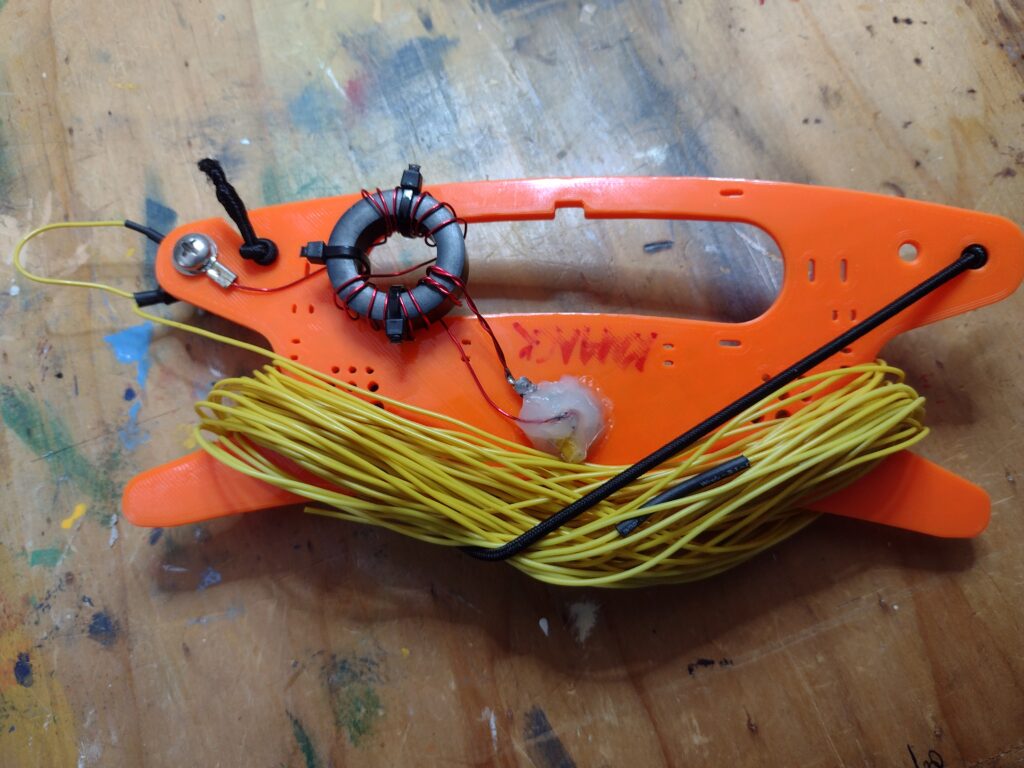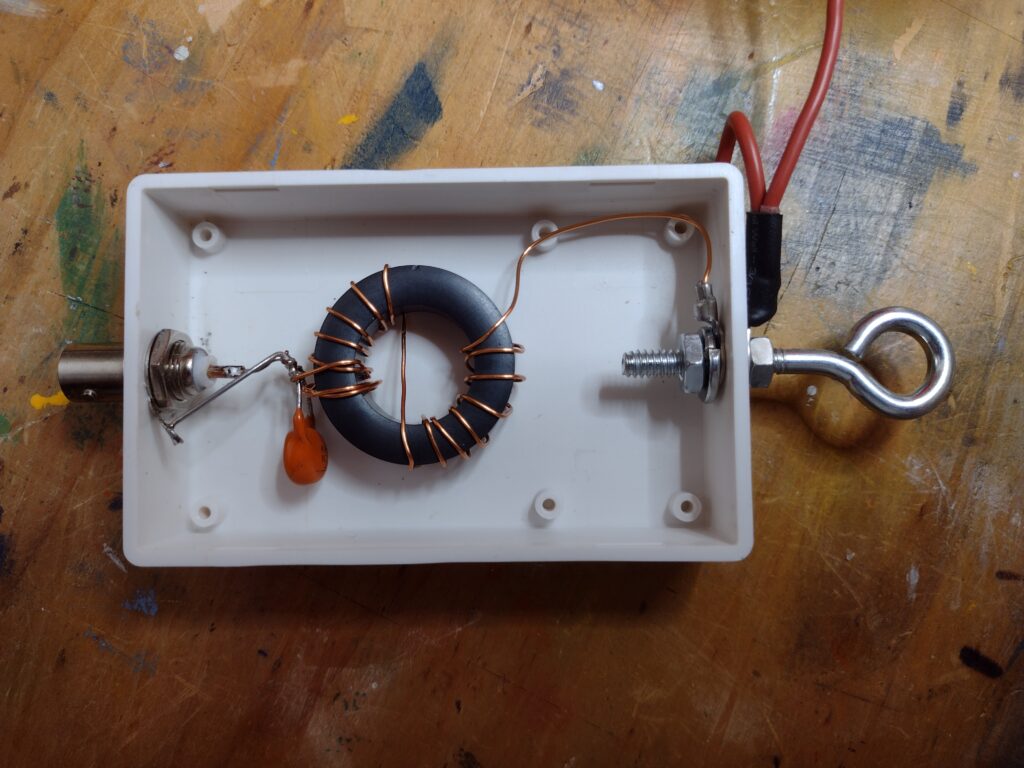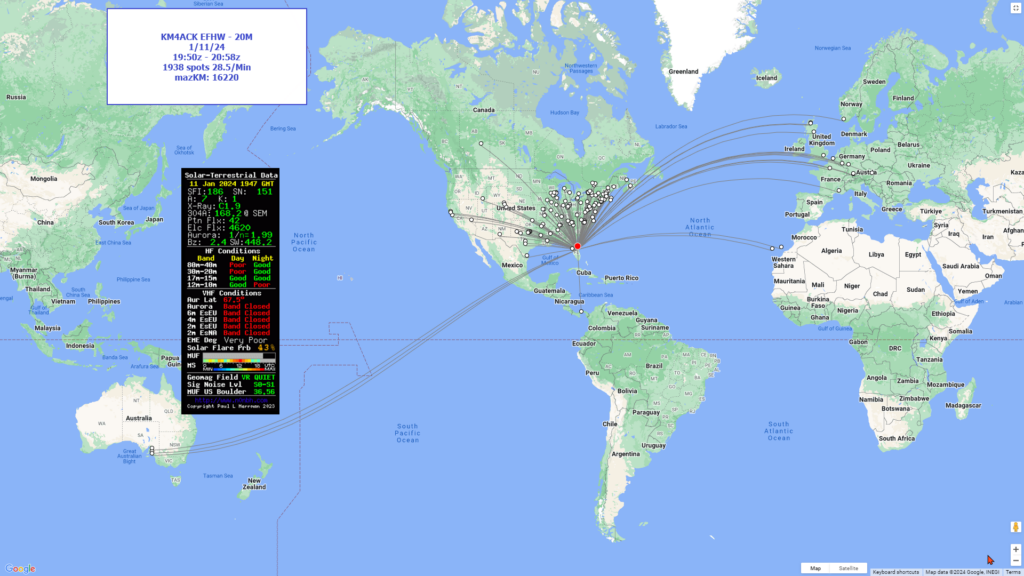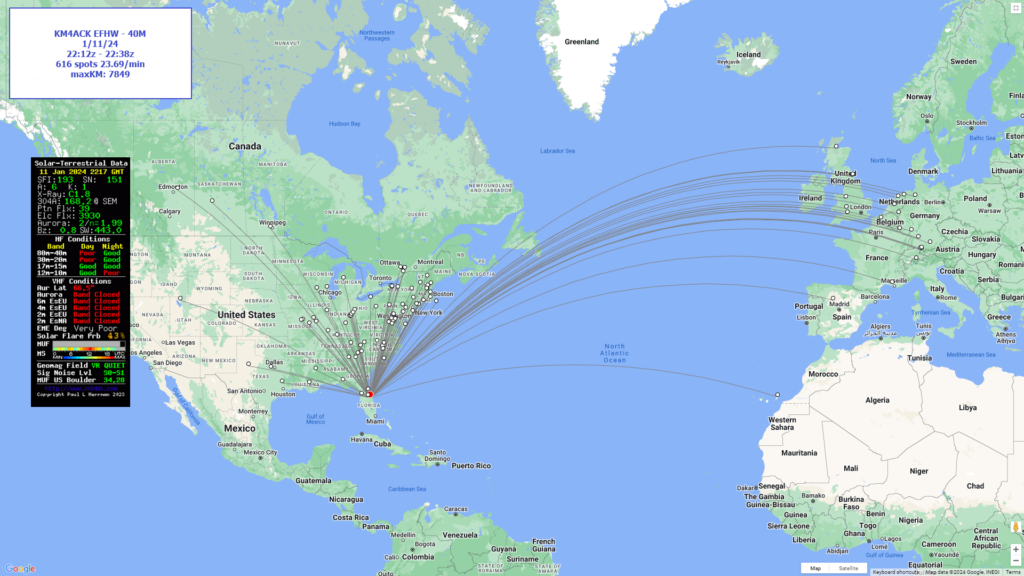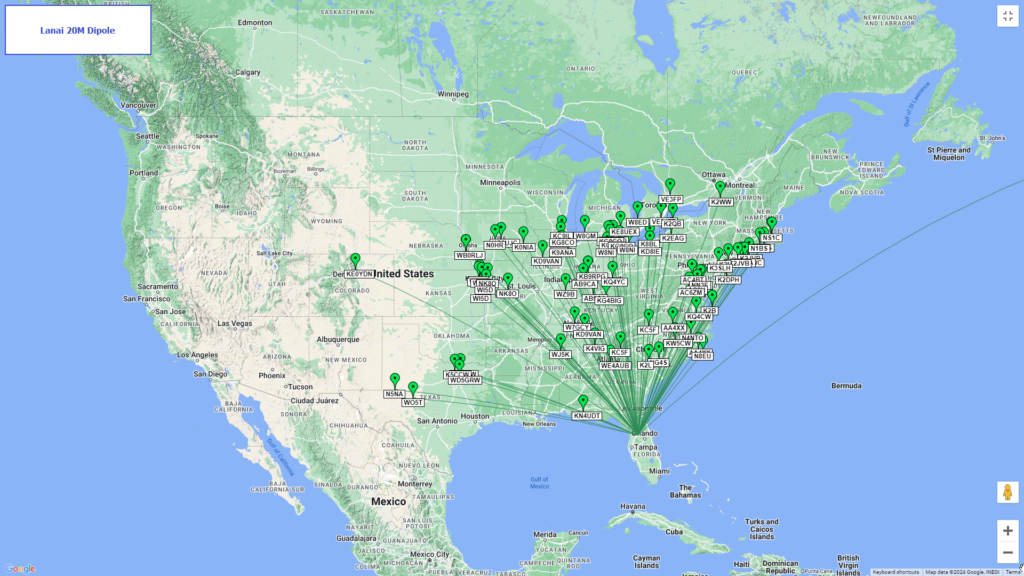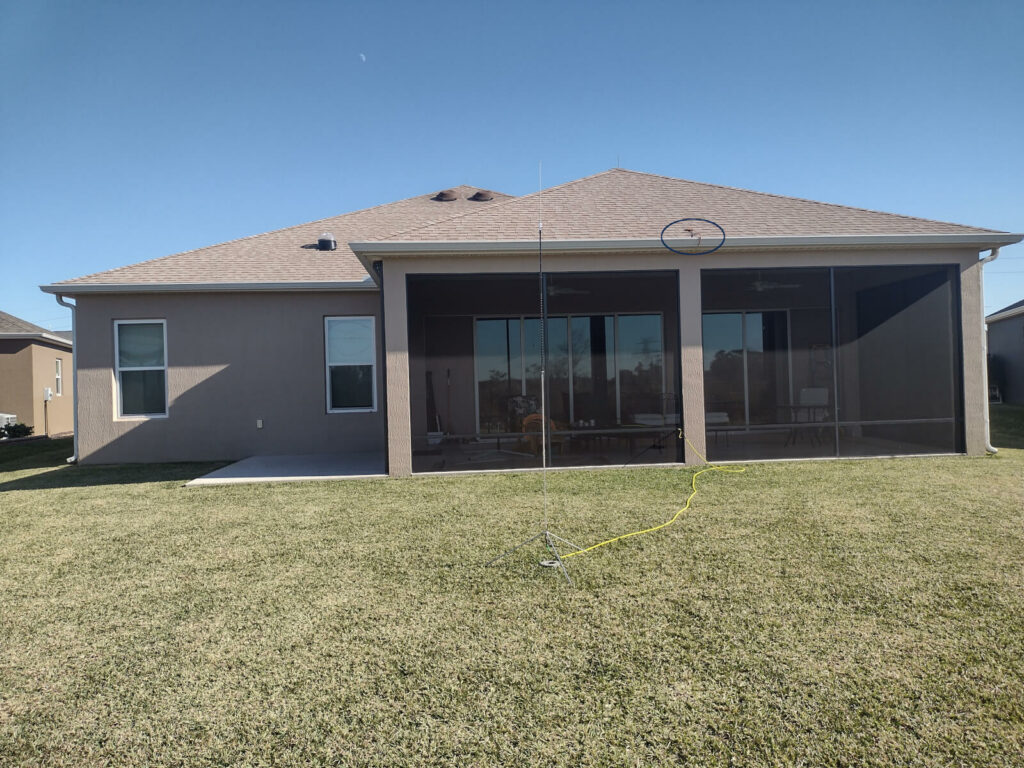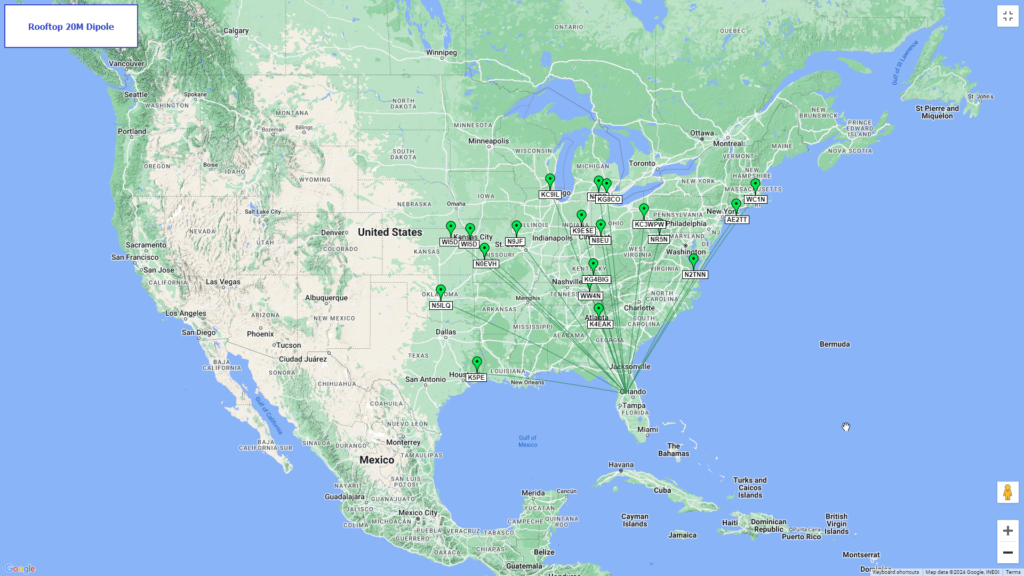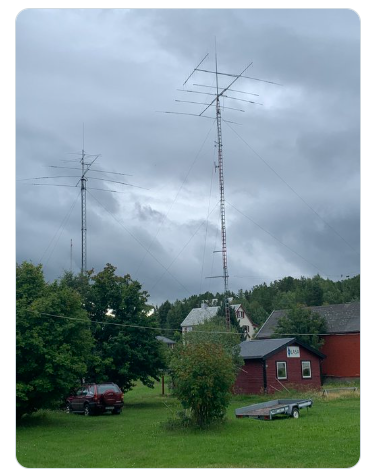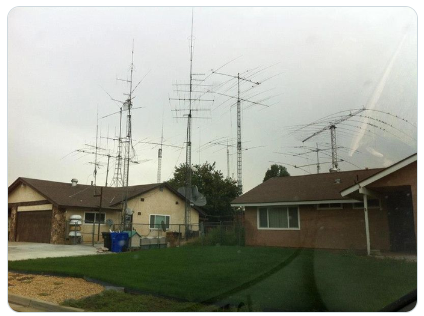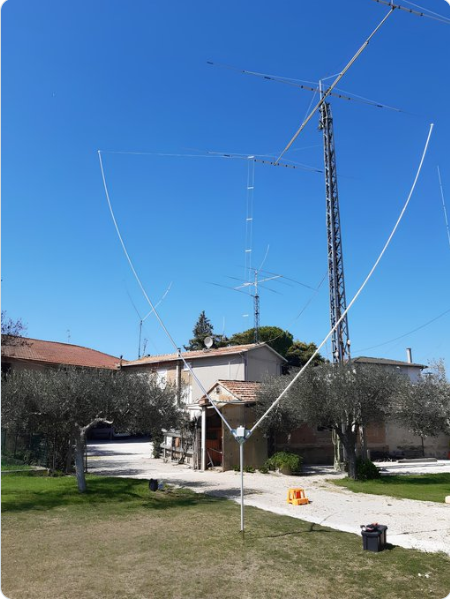Bottom line: It is a reasonable 3.5 band antenna. It resonates OK on 40M, very well on 20M, OK on 15M, and can be coerced for 18M, and NO-GO on all other bands.
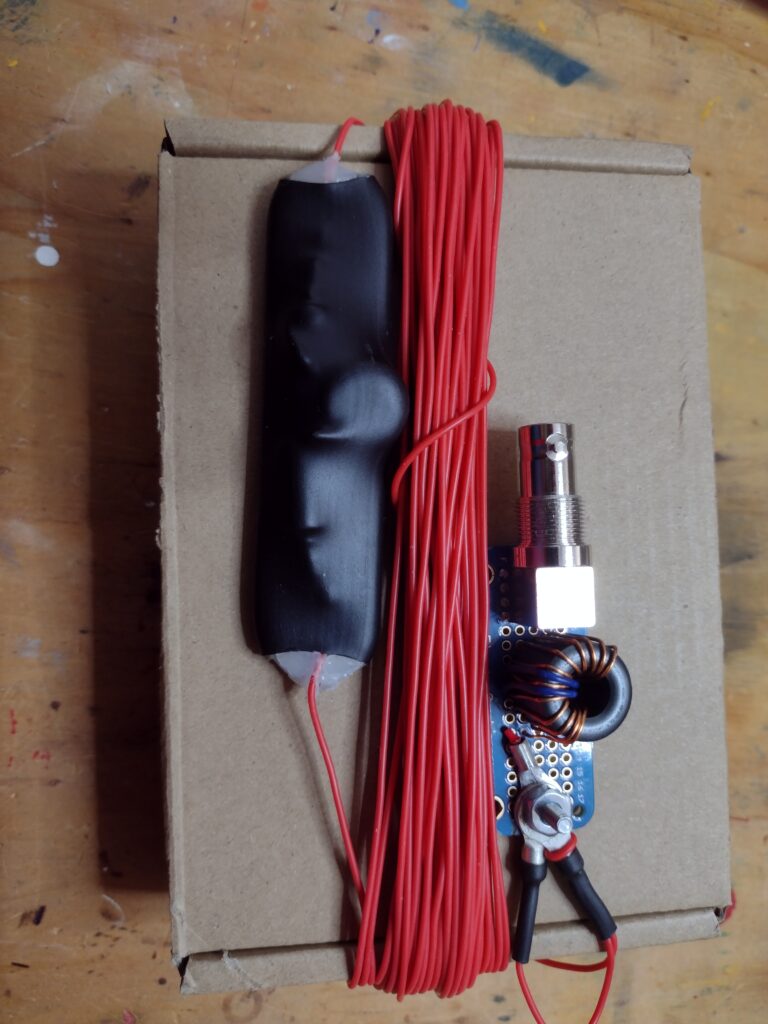
The design is found in an article that I have since lost (nobody specific to blame) and is based on making an End Fed Half Wave that is like many of the 40/20/15/10 designs but is made shorter by using an R/C network part way along the length. I don’t know the precise length and am too lazy to unwind and measure it. I’ll do that someday when I want to recycle the wire. 🙂 My adjustment to the design was in winding the 36:1 transformer on a core different from the usual larger core. Colin, MM0OPX purports this core to work better for frequencies above 20 Mhz. In reality, it didn’t work out that way for me. I also put some effort into packaging the transformer and BNC connector into a small streamlined form.
I launched it in the backyard in the usual inverted vee fashion of some of my other wires. Measurements with a NanoVNA produced these SWR values:
Band
40M
20M
15M
10M
Best Freq
7.26
13.9
21.13
28.45
Best SWR
1.35
1.05
1.57
2.65
QRP Freq
7.06
14.06
21.06
28.06
SWR
1.69
1.35
1.62
3.3
It becomes yet another addition to my antenna graveyard / spare parts bin.

